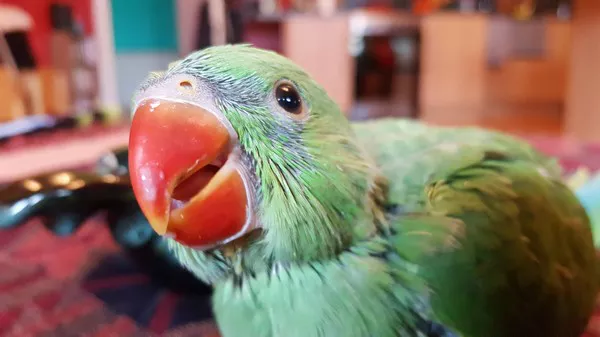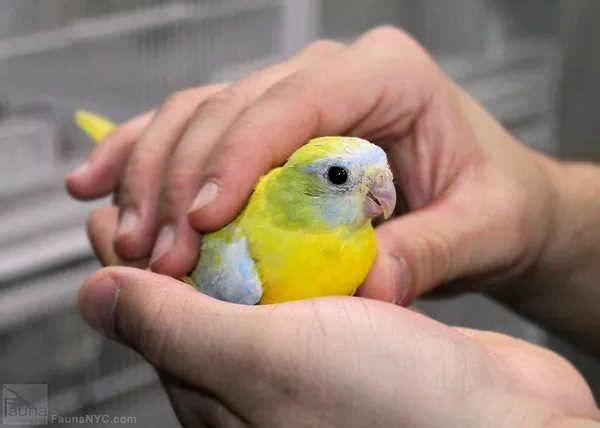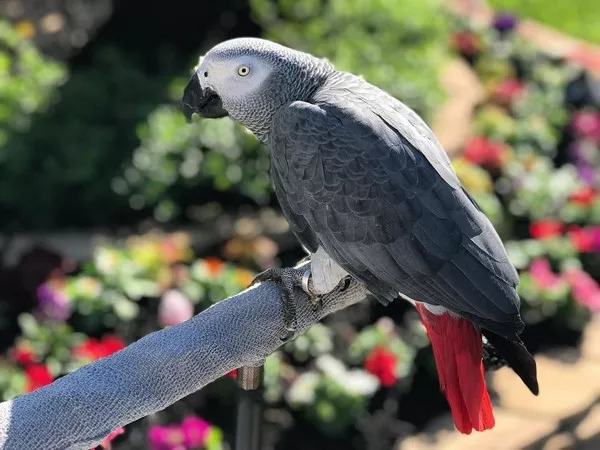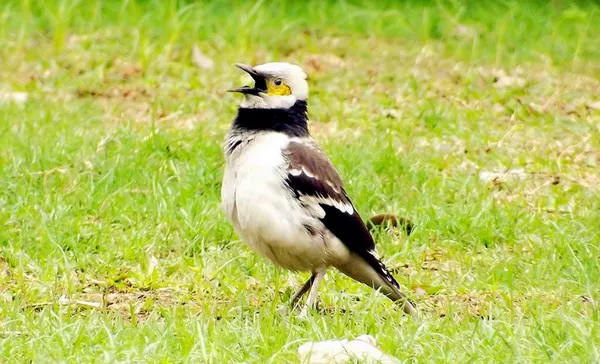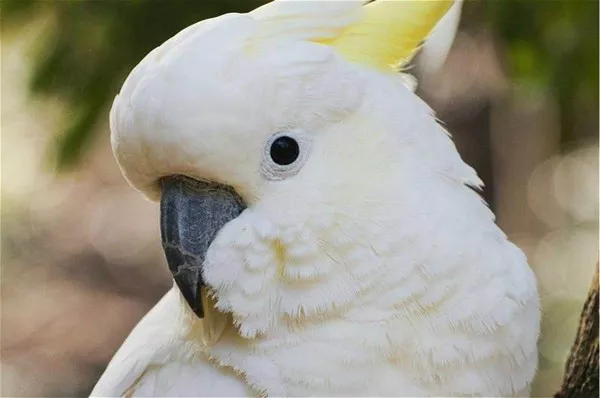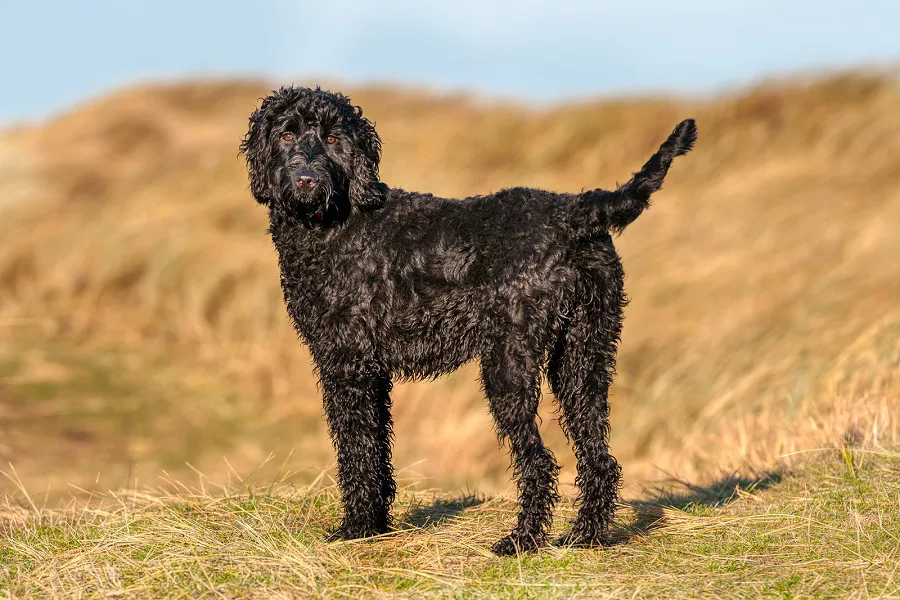Ringneck parrots are popular pets due to their vibrant colors and social personalities. Like all birds, they can experience feather loss for various reasons. While it is normal for parrots to shed feathers as part of their molting process, excessive or sudden feather loss can be a sign of an underlying health issue. In this article, we will discuss some common reasons why your ringneck parrot may be losing feathers and what you can do to help.
Molting
Molting is a natural process that all birds go through, including ringneck parrots. During this time, old feathers fall out and are replaced with new ones. Molting usually occurs twice a year and can take several weeks to complete. If your ringneck parrot is losing feathers in a symmetrical pattern, it is likely due to molting.
Stress
Stress is a common cause of feather loss in ringneck parrots. Parrots are social creatures and require mental and physical stimulation to thrive. If they are bored, lonely, or lack stimulation, they may pluck their feathers out of frustration. Stressful events, such as moving to a new home or the introduction of a new pet, can also trigger feather loss in parrots.
Nutritional Deficiencies
Nutritional deficiencies can cause feather loss in ringneck parrots. Birds require a balanced diet that includes a variety of fruits, vegetables, grains, and protein sources. If their diet is lacking in essential nutrients, such as vitamin A or protein, it can affect the health of their feathers. Inadequate amounts of calcium and vitamin D can also lead to weak and brittle feathers.
Parasites
Parasites, such as mites and lice, can cause feather loss in ringneck parrots. These pests can irritate the skin and cause itching, leading to excessive grooming and feather plucking. If your parrot is losing feathers in patches or has red, irritated skin, it may be a sign of a parasite infestation.
Disease or Infection
Disease or infection can also cause feather loss in ringneck parrots. Respiratory infections, such as pneumonia or sinusitis, can cause stress and weaken the immune system, leading to feather loss. Viral infections, such as psittacine beak and feather disease, can also cause feather loss in parrots.
Injury
Injury is a less common cause of feather loss in ringneck parrots but can still occur. If your parrot injures itself, it may lose feathers in the affected area as part of the healing process. Feather loss due to injury is usually localized and not symmetrical.
What Can You Do?
If you suspect that your ringneck parrot is losing feathers due to an underlying health issue, it is important to seek veterinary care as soon as possible. Your veterinarian can perform a physical exam, run diagnostic tests, and determine the underlying cause of the feather loss. Treatment will depend on the underlying cause and may include medication, dietary changes, or environmental modifications.
In addition to veterinary care, there are several things you can do to help your ringneck parrot maintain healthy feathers. Providing your parrot with a balanced and varied diet that meets their nutritional needs is essential. Offering toys and activities that stimulate their minds and bodies can also reduce stress and prevent feather plucking. Regular grooming, such as bathing and feather trimming, can help maintain healthy feathers and prevent infections.
In conclusion, feather loss in ringneck parrots can be caused by a variety of factors, including molting, stress, nutritional deficiencies, parasites, disease or infection, and injury. If you notice your parrot losing feathers, it is important to seek veterinary care to determine the underlying cause and receive appropriate treatment. Providing your parrot with a healthy diet, stimulating environment, and regular grooming can also help prevent feather loss and maintain their overall health and wellbeing. Remember to observe your parrot’s behavior and appearance closely and seek veterinary care promptly if you notice any concerning changes. With proper care and attention, you can help your ringneck parrot maintain healthy and beautiful feathers for years to come.
Recommended reading:

